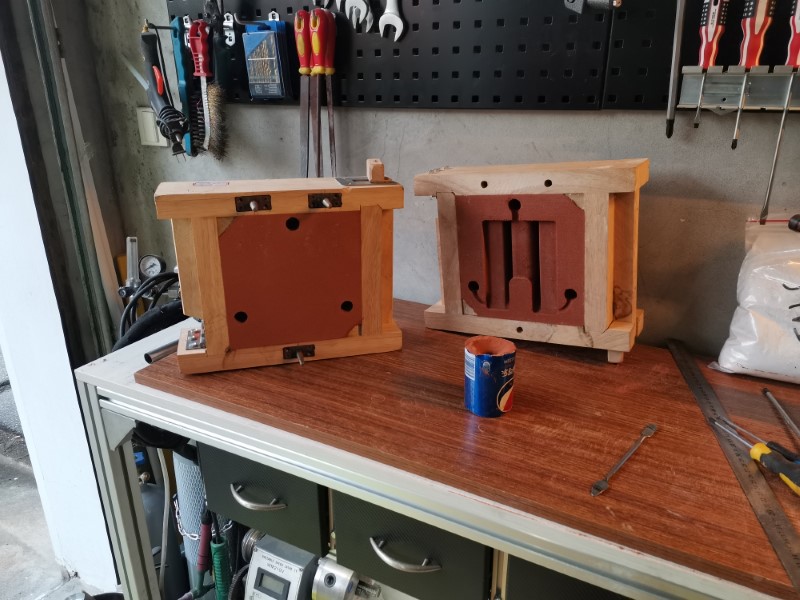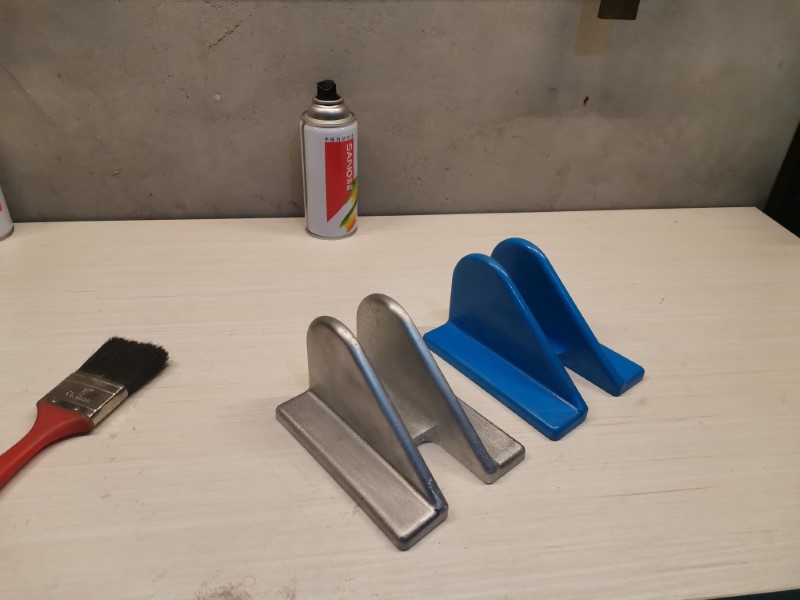That won’t be an easy casting to do. You certainly could make it, but it will take a bit of practice.
As someone already said earlier, print with thin walls (one or two) and little infill.
There is a tiny bit of retraction you should account for, generally I print 1 or 2% larger than the parts needs to be to account for that.
You also need to make the part watertight, so better use some wax all over it or something else to seal all the holes, you don’t want plaster infiltrations in your print.
For this part, you can’t really use sand casting so you need to go with lost PLA and plaster. Get some good plaster, it helps a lot with getting good surface finish. You also need some kind of metal enclosure, because the plaster usually gets extremely brittle after being heated to remove the PLA.
The furnace istelf is easy to build. I chose to make an electric one since it’s silent, doesn’t make a mess and don’t need any consumable. Just need a PID controller, a thermistor, some nichrome wire, aluminum silicate bricks and a few meters of angle iron. You can build one in a day, it’s super easy. If you’re interested you can see the following posts from the time when I was building mine: My MPCNC made in China
If you want to get the tiny details on your part then you’ll have to learn some tricks to lower the surface tension, add some weights, some vents and other stuff to get the material where you need it to be, or even get into some fancy technique like vacuum casting. There are lots of stuff to master in order to get a good casting, but it’s a really nice skill to learn. I recommend you to watch the videos of “myfordboy” on youtube (here: https://www.youtube.com/user/myfordboy/videos ), he explains most of the stuff.
Here is my last aluminum casting, from a few weeks ago (this time using sand casting):
The mold:
Finished part:

